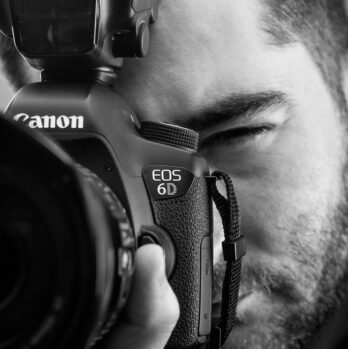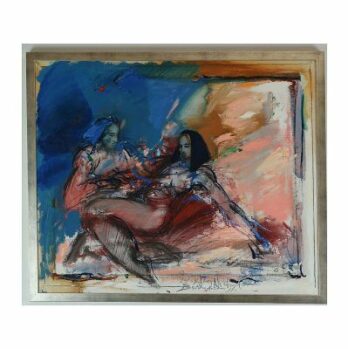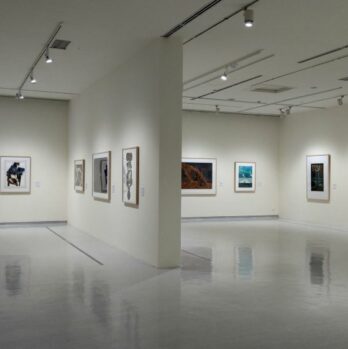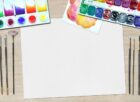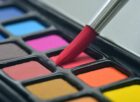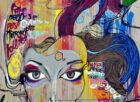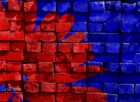Fashion illustration – Bringing Style to Life
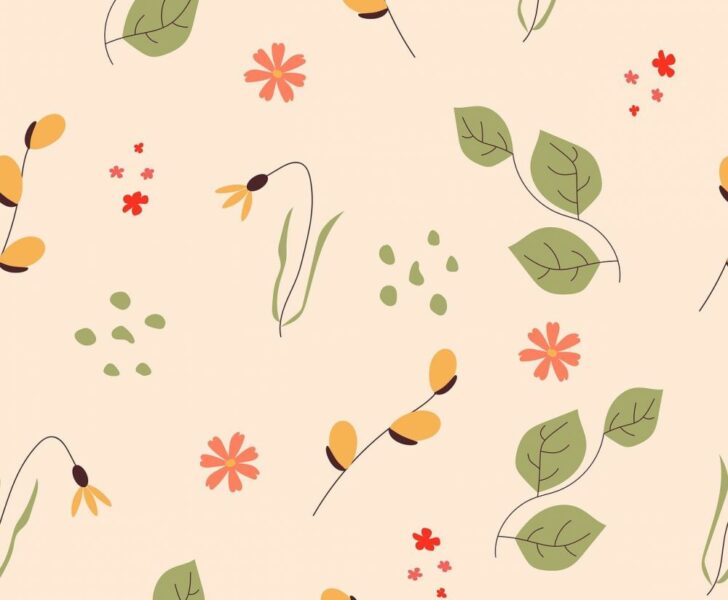
Introduction
Fashion illustration is the art form that brings fashion designs to life on paper or digital platforms. It has been a crucial part of the fashion industry for centuries, capturing the essence of designers’ imagination and serving as a visual representation of their creations. In this article, we will delve into the world of fashion illustration, exploring its various types, its popularity, and the unique characteristics that set it apart from other art forms.
Understanding Fashion Illustration

Fashion illustration is the art of depicting clothing, accessories, and fashion trends through drawings or digital renderings. It aims to showcase the design elements, fabric textures, and overall style of the garments in a visually appealing manner. It allows both designers and consumers to envision the final product before it goes into production.
Types of Fashion Illustration
There are several types of fashion illustrations, each with its own unique style and purpose. Some common types include:
1. Croquis Illustration: Croquis illustrations are known for their quick, loose, and gestural lines that capture the basic shape and proportion of the human figure. These sketches serve as a foundation for designers to develop their designs.
2. Technical Illustration: Technical illustrations focus on showcasing the intricate details, construction techniques, and measurements of the garments. These illustrations are essential for pattern making and garment production.
3. Flat Sketc Flat sketches depict garments in a two-dimensional, top-down view. They highlight the design elements, such as seams, pockets, and closures, without any shading or rendering.
4. Digital Fashion Illustration: With the advancement in technology, digital fashion illustration has become increasingly popular. It involves creating illustrations using digital tools, such as Adobe Illustrator or Procreate, allowing for greater flexibility and experimentation.
Popularity and Influence
Fashion illustration has been popularized through various mediums, such as fashion magazines, social media platforms, and fashion shows. It has become a significant part of the fashion industry, shaping trends and inspiring designers and consumers alike. Many renowned fashion illustrators, such as Rene Gruau and Antonio Lopez, have made substantial contributions to the field, leaving a lasting impact on fashion illustration as an art form.
Quantitative Measurements in Fashion Illustration
While fashion illustration is primarily a visual art form, quantitative measurements play a crucial role in ensuring accurate representation. Measurements such as body proportions, garment lengths, and width ratios are essential for creating accurate and realistic illustrations. These measurements help designers maintain consistency and ensure that their designs fit well on different body types.
Diverse Styles in Fashion Illustration
Fashion illustrations can vary greatly in style, reflecting the personal aesthetics of the artist. Some illustrators prefer clean, minimalistic lines and subtle shading, while others embrace bold colors and expressive strokes. The choice of style often depends on the intended purpose of the illustration and the overall brand image it aims to convey.
Historical Overview of Advantages and Disadvantages
Throughout history, fashion illustration has undergone significant changes, both in terms of techniques and advantages. In the past, hand-drawn illustrations were the norm, allowing artists to showcase their expertise in capturing intricate details and textures. However, this traditional method was time-consuming and limited in terms of production and distribution.
The advent of digital tools and platforms has revolutionized fashion illustration, making it more accessible and efficient. Digital illustrations can be easily shared and edited, enabling designers to collaborate seamlessly and reach a wider audience. However, some argue that the digital format lacks the tactile qualities and artistic nuances that traditional hand-drawn illustrations possess.
In conclusion, fashion illustration is a vital part of the fashion industry, bridging the gap between conceptual designs and tangible garments. Its various types and styles offer artists and designers the freedom to express their creativity and showcase their vision. While the advent of technology has brought new possibilities, the traditional hand-drawn illustrations continue to hold their charm. Fashion illustration continues to evolve, remaining an essential tool in the world of fashion.
